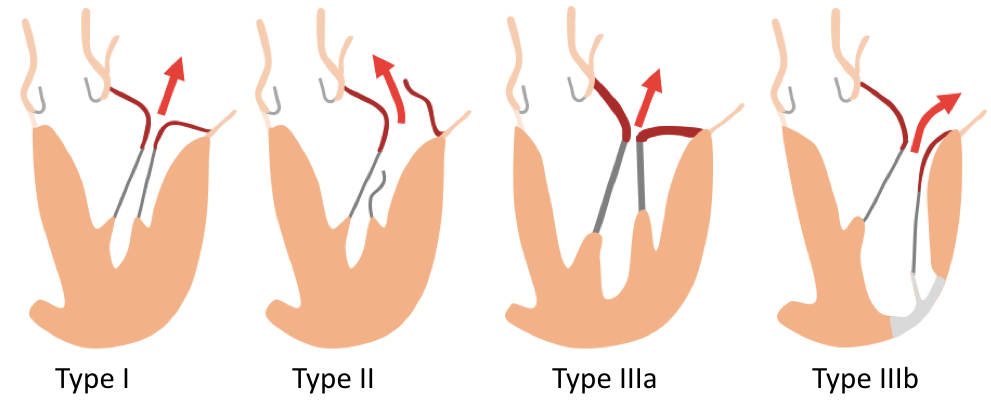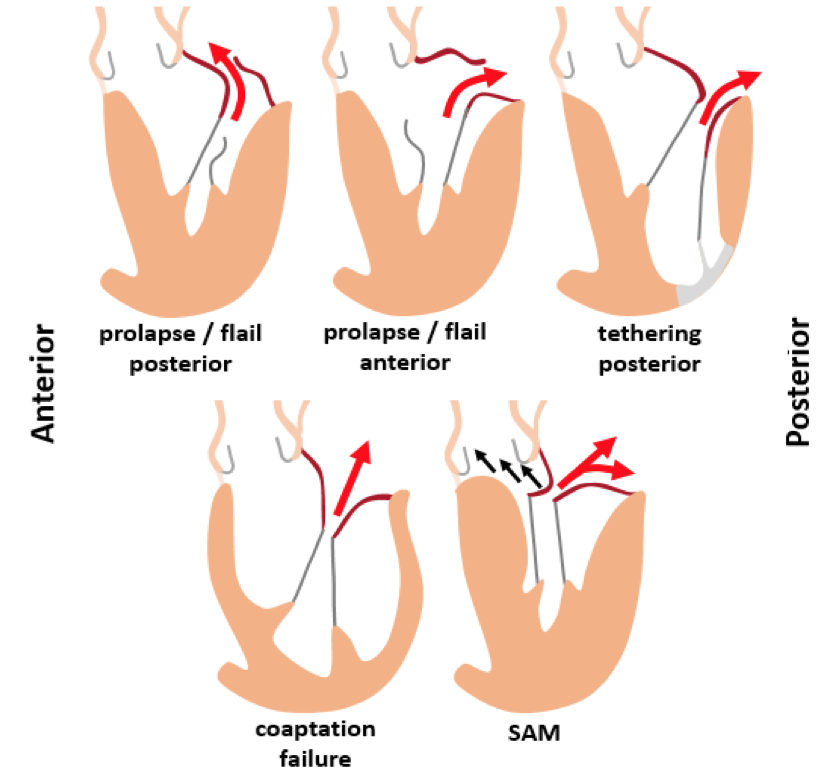- Gelfand E V, Hughes S, Hauser TH, et al. Severity of mitral and aortic regurgitation as assessed by cardiovascular magnetic resonance: optimizing correlation with Doppler echocardiography. J Cardiovasc Magn Reson. 2006 Jan;8(3):503–7.
- Djavidani B, Debl K, Lenhart M, Seitz J, et al.. Planimetry of mitral valve stenosis by magnetic resonance imaging. J Am Coll Cardiol. 2005 Jun 21;45(12):2048–53.
- Aplin M, Kyhl K, Bjerre J, et al. Cardiac Remodelling and Function in Primary Mitral Valve Insufficiency Studied by Magnetic Resonance Imaging. Eur Heart J: Cardiovasc Imaging. 2016; (in press).
- Adams DH, Rosenhek R, Falk V. Degenerative mitral valve regurgitation: best practice revolution. Eur Heart J. 2010 Aug;31(16):1958-66.
- Myerson SG, d'Arcy J, Christiansen JP, et al. Determination of Clinical Outcome in Mitral Regurgitation With Cardiovascular Magnetic Resonance Quantification. Circulation. 2016 Jun 7;133(23):2287-96.
- Uretsky S, Gillam L, Lang R, et al. Discordance between echocardiography and MRI in the assessment of mitral regurgitation severity: a prospective multicenter trial. J Am Coll Cardiol. 2015 Mar 24;65(11):1078-88.
|


